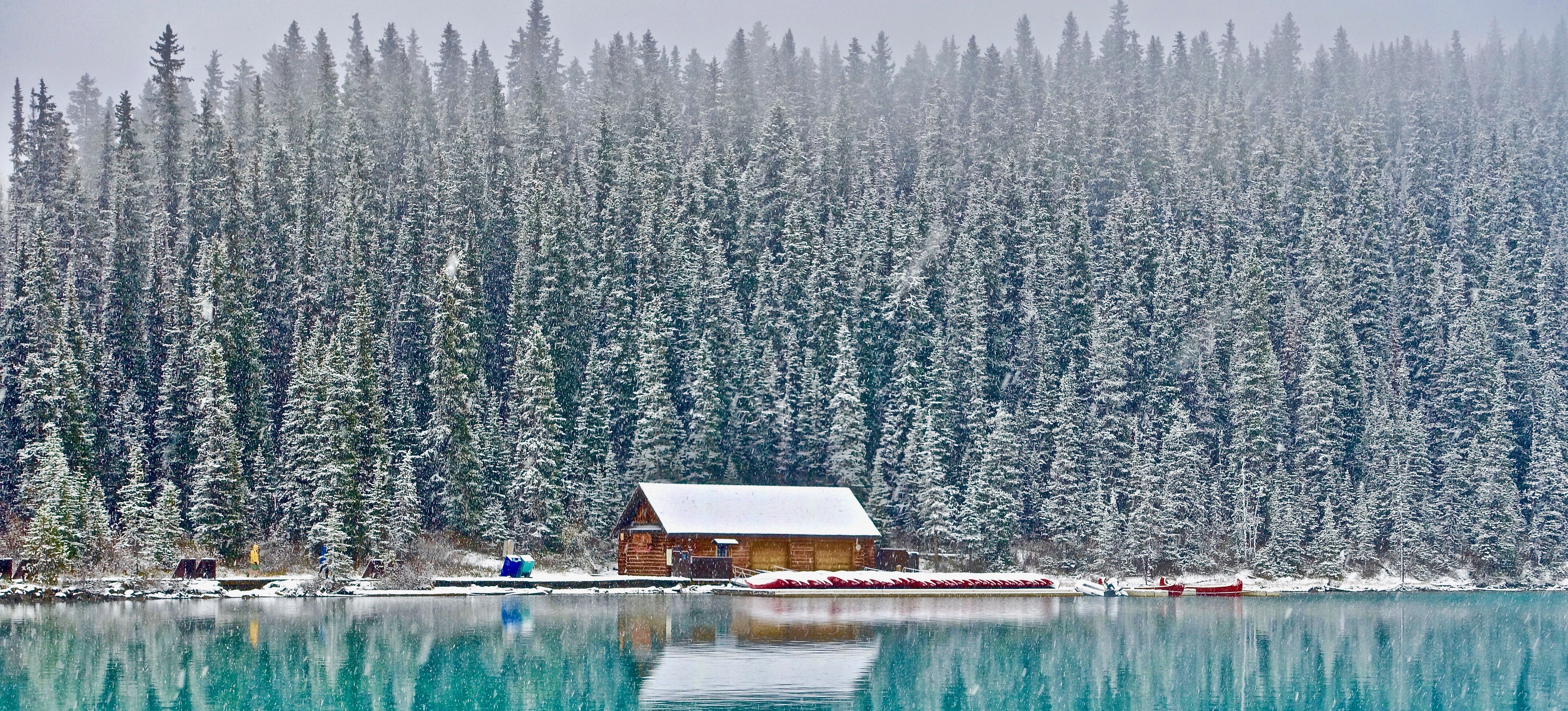Executive Summary
Water management is a vital part of our day-to-day needs regardless of national, political, cultural and societal structures. However, today in the northern and arctic communities, across all nationalities, water accessibility and waste water treatment are considered an even larger challenge compared with the available standards developed for middle latitude communities. Small arctic settlements are largely scattered over a vast area and are often isolated, preventing them of communicating with other locations during large parts of the year. Transportation of goods is limited and very expensive, leading to high subsistence costs compared to the more densely populated regions of our globe. Generally, all required infrastructures and technological solutions in the settlements need to be established and maintained throughout the year. Thus, technological solutions in isolated Arctic communities are often not state-of-the art and usually require strong individual involvement on a household-to-household level. The lack of automated supply systems both for clean water accessibility, as well as suitable treatment of used water (sewage and brown water), is often associated with potential hygienic and other health associated consequences on both an individual and a community level in the north. Therefore, new sanitation strategies adapted to the environmental and local needs of Arctic communities must be developed and applied.
Background Information
The Arctic region, stretching over 14 million square kilometers, is only inhabited by approximately 4 Million people. The human populations of the north, regardless of national and traditional identity, are mainly found in near-coast settlements and roughly half of the entire Arctic population are settled in the Russian Arctic. The scattered distribution of the settlements pose considerable challenges for the establishing of modern water management. Drinking water supply as well as waste water handling in Arctic settlements is characterised by decentralised infrastructures and minimal cleaning technologies for drinking water and sewage.
Although all circum-Arctic nations have established national guidelines for water quality and supply as well as sanitation and waste water handling, the conventional technological solutions and requirements are often not applicable in Arctic conditions. The lack of standardized and state-of-the art water supply and treatment technologies in Arctic communities is today considered a major reason for the documented spreading of various waterborne and respiratory diseases in the north. The documented water scarcity often leads to reduced hygiene practices, reuse of water and the use of untreated water for daily activities. Thus, adjusted and balanced community strategies for water conservation and supply, coordinated with advancements in the development of adopted technological solutions, are needed to cope with the current water supply shortage and lack of sewage and water treatment. This includes training of individuals (and households) in order avoid potential health consequences. Therefore, community based participatory research for solutions is considered the best way forward in the search for the optimal solutions.
Learning objectives
Upon completing the lecture, the students will know that:
- The current water management strategies in Arctic communities consist of solutions for water supply, as well as sanitation strategies (sewage, brown water)
- Water management in the Arctic has a complex structure consisting of local tradition, societal context, technological solutions and economic frameworks.
- Appropriate solutions for these complex challenges can only be found through integrated collaboration between local communities and the scientists and engineers involved in providing suitable technological platforms.
Water, sanitation, pollution, and health in the Arctic
Water Supply and Sanitation in Chukotka and Yakutia, Russian Arctic
Greenlandic water and sanitation - a context oriented analysis of system challenges towards local sustainable development
Improving health in the Arctic region through safe and affordable access to household running water and sewer services
In this review, the authors highlight relevant data and describe an initiative through the Arctic Council’s Sustainable Development Working Group to characterize the extent of WASH services in Arctic nations, the related health indicators and climate-related vulnerabilities to WASH services. With this as a baseline, efforts to build collaborations across the Arctic will be undertaken to promote innovations that can extend the benefits of water and sanitation services to all residents.
HENNESSY, T.W. and BRESSLER, J.M. (2016): Improving health in the Arctic region through safe and affordable access to household running water and sewer services. an Arctic Council initiative. International Journal of Circumpolar Health URL [Accessed: 02.08.2018] PDFFood and water security issues in Russia II: water security in general population of Russian Arctic, Siberia and Far East
Food and water security issues in Russia III: food- and waterborne diseases in the Russian Arctic, Siberia and the Far East
Climate change and human health: infrastructure impacts to small remote communities in the north.
Status of water supply and waste disposal services in rural Alaska
An epidemic of echovirus type 30 meningitis in an arctic community.
Arctic Health
An information portal to issues affecting the health and well-being of our planet´s northern most inhabitants.


